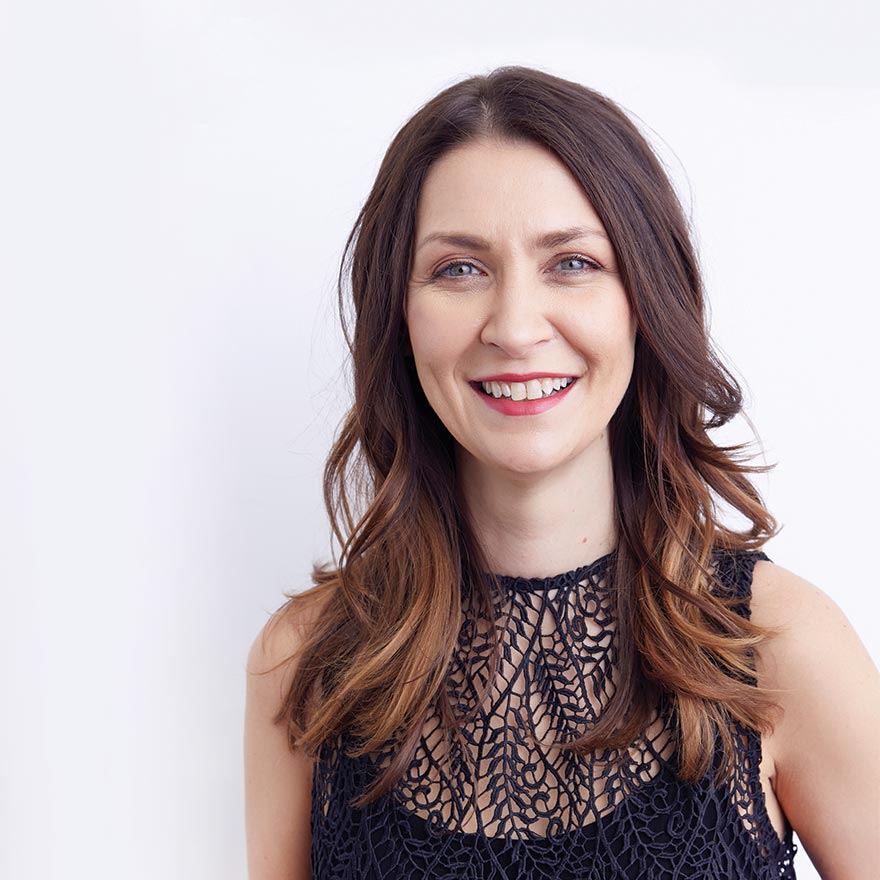Designing for an inclusive future
Part 1 of our interview with entrepreneur and disability advocate Miranda Daisy. Here we dig into what inspired her to create businesses driven by inclusivity, simple tips businesses can implement today to be more accessible and what it would take to create a more inclusive future.
Branding Before Breakfast Ep 136 Designing for an inclusive future
So today, I’m speaking with Miranda Daisy. Miranda is an absolute superstar for her support and advocacy in the disability sector. At 19 years old, she saw a huge gap in the performing arts industry and built PerformAbility, an accessible performing arts center that celebrates the joy of performance for everyone.
Twelve years later, PerformAbility runs classes across Australia and is teaching other dance schools on an inclusive approach to teaching. It’s so good to have you here. Now tell me, I think starting a business at 19 is super impressive as it is, but what motivated you so early on to focus on diversity and inclusion with your business? It honestly just happened. I didn’t know anyone with disability, no friends or family, but after leaving school, I started teaching dance and singing. And then quickly opened my own studio, which wasn’t for people disabilities, but we had someone join us, Brodie, and she had Down syndrome and hearing impairments. Mostly deaf.
She taught me my first sign language, a lot of it wasn’t appropriate, but it was wonderful to learn. And she just she was just super inspiring, and I was so fascinated by the way that she learned. She was more in time with the beat of the music than the other students, and it was because she could feel the bass in the floor. through the speakers. And it just sparked something in me to want tolearn more. And then at the end of the concert that year she stole the show of course, had to get the hook, to get her off. She was so great because she had been turned away from other studios before who said they didn’t “have capacity” for her. And she just asked, could we please open something for more people like Brodie?
So that’s how I started. You’ve obviously got a huge focus on accessibility, but for other brands or businesses out there, what could they be doing to be more proactively accessible? Top tips. Things need to be easy to read. that’s a really important thing. For people that can’t read, for people who have intellectual disabilities, but even for people that use english as a second language, sometimes the things that go out there are really difficult to read. Top tips on social media is for people who are blind, it’s really good to use capital letters at the start of each of your words within a hashtag. So if the hashtag is performability, it would be capital p, capital a. And that’s because the screen reader can read that. whereas with that that break, it just sounds like one confusing big word. But, just making sure everything on the website is accessible, so all of the images have text with them.
There are awesome widgets you can get that can read out your website, change the color of them, people with dyslexia, and yeah. I think the images because they can read them the words. They link those keywords or something. And in terms of, taking any longer, especially with the hashtags, if you use the voice recorder, it automatically adds all the capital letters. So, that’s so much faster than typing them all out. Yeah. You’re right. Actually, if you’re designing for accessibility you are really designing for Google because they’ve got robots that are searching through everything that works in exactly the same way. So, there you go. It’s better for the world. It’s also better for you. So, in terms of the rebrand work, it was recently awarded silver at the Sydney Design Awards, which was very exciting, but more exciting than that is that they have selected to elevate it into the Australian design awards.
Now, the Australian design awards represent courageous, excellent, and diverse projects that are transforming Australia into the future that we collectively imagine and want to create, and I love that idea. And it made me curious Miranda, what is the future that you imagine both for PerformAbility and maybe even inclusivity in Australia? So, when you are opened up to the world of accessibility, you can’t stop seeing the issues everywhere. Places that don’t have wheelchair accessibility and not even an elevator, but even hallways that are too skinny, or places that don’t have little ramps, and there’s a gutter that’s not going to work for a wheelchair. When we had all the COVID check-in signs, they were too high. People who have dwarfism or people who are in a wheelchair can’t reach them, Simple stuff like that I kind of look around now and just scan everything.
That’s a thing. You’ve got the lens. Right? You’ve got that lens that’s geared that way. Yeah. It’s so different. And I feel like we need to completely redo society. I think we’re should knock everything down and rebuild it because when we don’t live in an accessible world. Wow. Yeah. There’s a lot of work to do. Yeah. Well, thank you. I’ve got to say I have had the great pleasure of knowing you for quite a while now. I don’t know how long, but I feel like it’s quite a long time. Do you know? Years, I think. Many years.
And I just feel very, very constantly inspired by the work that you’re doing. you’re a superstar Miranda, and, you know, I’m really grateful to have this time with you as well. So thank you.

